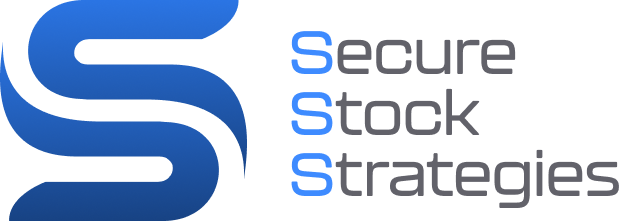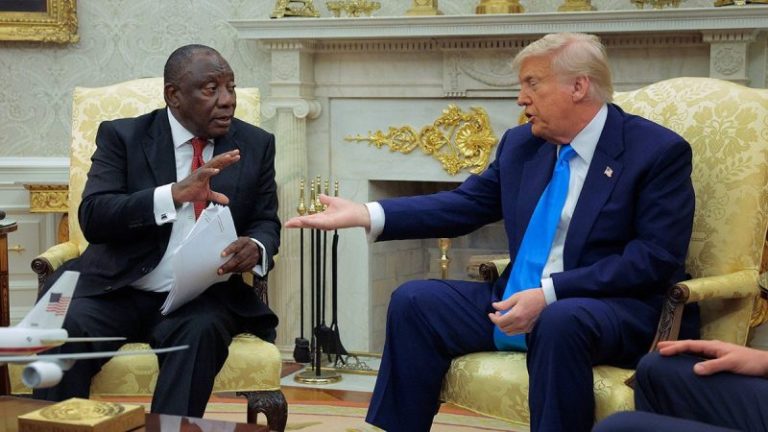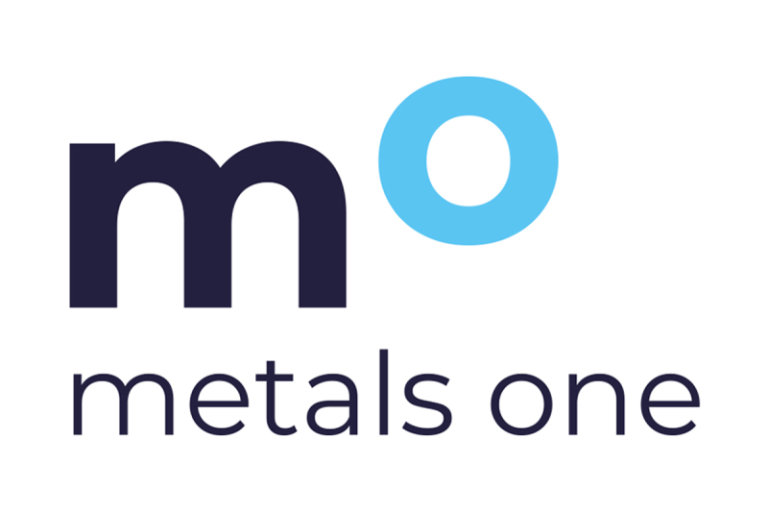The White House reiterated Thursday that the U.S. will not send a delegation to the upcoming G20 conference in South Africa, calling reports claiming the opposite ‘fake news.’
President Donald Trump said earlier in November that U.S. officials would skip the annual conference, which brings together 19 nations to discuss global economic stability and development, over South Africa’s reported human rights abuses.
Media reports and South African President Cyril Ramaphosa, however, have claimed that the U.S. will send a delegation to the summit, which begins Saturday.
When approached for comment on claims the U.S. backtracked and will send a delegation, a White House official said such claims were ‘fake news.’
‘This is fake news. The chargé d’affaires in Pretoria will attend the handover ceremony as a formality, but the United States is not joining G20 discussions,’ a White House official told Fox News Digital Thursday.
Trump wrote on Truth Social Nov. 7, ‘Afrikaners (People who are descended from Dutch settlers and also French and German immigrants) are being killed and slaughtered, and their land and farms are being illegally confiscated. No U.S. Government Official will attend as long as these Human Rights abuses continue.’
Ramaphosa, speaking Thursday at a G20 event in Johannesburg, told delegates and media, ‘We have received notice from the United States, a notice where we are still in discussions with them, about a change of mind about participating in one shape, form or other in the (G20) Summit.
‘So, the discussions are still ongoing, it’s come at a late hour before the summit begins, so it needs to engage in those type of discussions to see how practical it is, and what it finally really means.
‘In a way, I see this as a positive sign, very positive, because, as I’ve often said, boycott politics never works.’
Ramaphosa later said if the U.S. does not take part, it is ‘outside the tent.’
He added, ‘The United States needs to be here, so it’s pleasing to hear that there is a change of approach, and so we are still discussing how that will manifest.’
Fox News Digital reached out to Ramaphosa’s office for a response to the White House official’s statement Thursday but did not immediately receive a reply.
White House press secretary Karoline Leavitt added during Thursday’s news conference that ‘there is not a shift’ of plans to attend.
‘The United States is not participating in official talks at the G20 in South Africa,’ she said. ‘I saw the South African president running his mouth a little bit against the United States and the president of the United States earlier today, and that language is not appreciated by the president or his team.
‘The ambassador or the representative of the embassy in South Africa is simply there to recognize that the United States will be the host of the G20,’ Leavitt continued. ‘They are receiving that send-off at the end of the event. They are not there to participate in official talks despite what the South African president is falsely claiming.’
Ramaphosa lashed out at Trump from the sidelines of a G20 event Thursday, reportedly saying, ‘We will not be bullied. We will not agree to be bullied by anyone.’
Trump had a fiery Oval Office moment with Ramaphosa in May when he confronted the South African president over claims White Afrikaner South African farmers were being slaughtered in the nation. The White House played video footage for Ramaphosa and his cohort that showed white crosses marking alleged graves lining a road in South Africa.
‘Now this is very bad. These are burial sites right here. Burial sites — over a thousand — of White farmers,’ Trump said during the tense Oval Office moment. ‘And those cars are lined up to pay love on a Sunday morning. Each one of those white things you see is a cross. And there is approximately a thousand of them.
‘They’re all White farmers. The family of White farmers. And those cars aren’t driving. They are stopped there to pay respects to their family member who was killed. And it’s a terrible sight. I’ve never seen anything like it. On both sides of the road, you have crosses. Those people are all killed.’
‘Have they told you where that is, Mr. President? I’d like to know where that is. Because this I’ve never seen,’ Ramaphosa then asked Trump.
‘I mean, it’s in South Africa, that’s where,’ Trump responded.
‘We need to find out,’ Ramaphosa said.
That same month, the State Department announced that the U.S. was welcoming South African refugees who were victims of ‘government-sponsored racial discrimination’ in their homeland.
The South African government has slammed the Trump administration’s refugee efforts, arguing claims of White genocide in the country have been discredited.
‘The South African Government wishes to state, for the record, that the characterisation of Afrikaners as an exclusively white group is ahistorical. Furthermore, the claim that this community faces persecution, is not substantiated by fact,’ the South African government said in a statement on Nov. 8 in response to Trump’s Truth Social post announcing the U.S. would skip the summit.
China’s Xi Jinping, Russia’s Vladimir Putin and Argentina’s Javier Milei are also skipping the summit but are sending delegations in their place, The Associated Press reported.
Fox News Digital’s Paul Tilsley, Morgan Phillips and Greg Norman contributed to this report.










